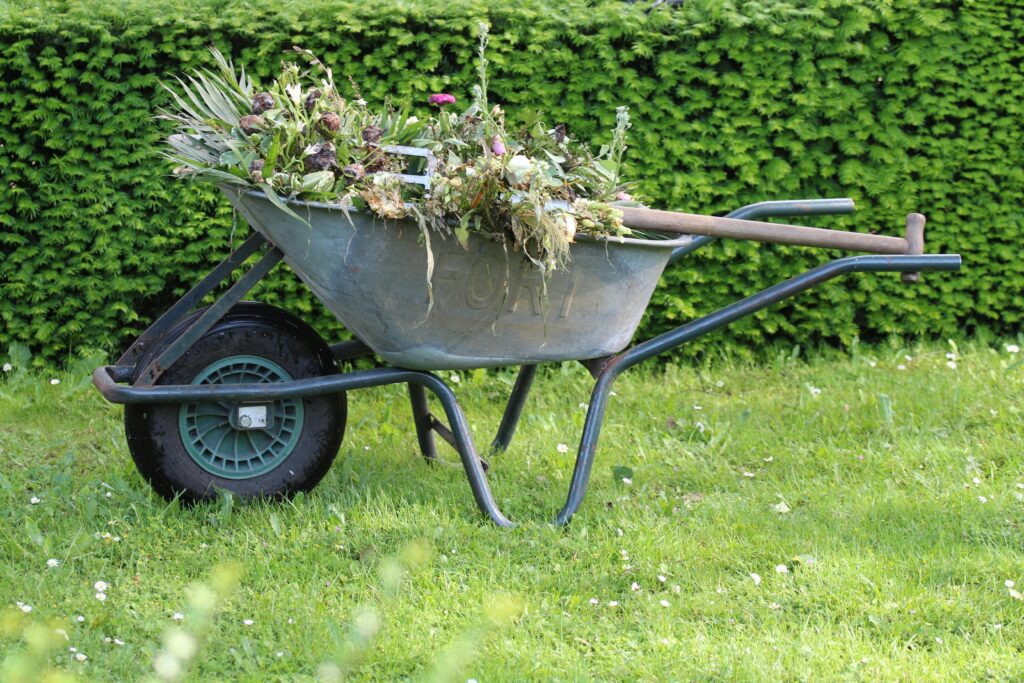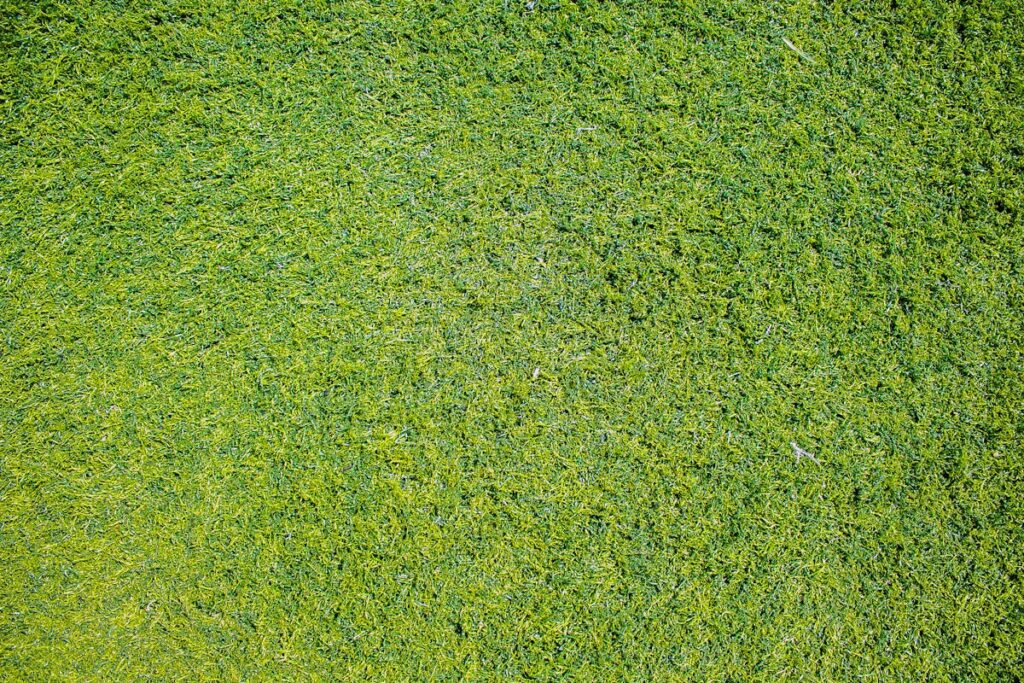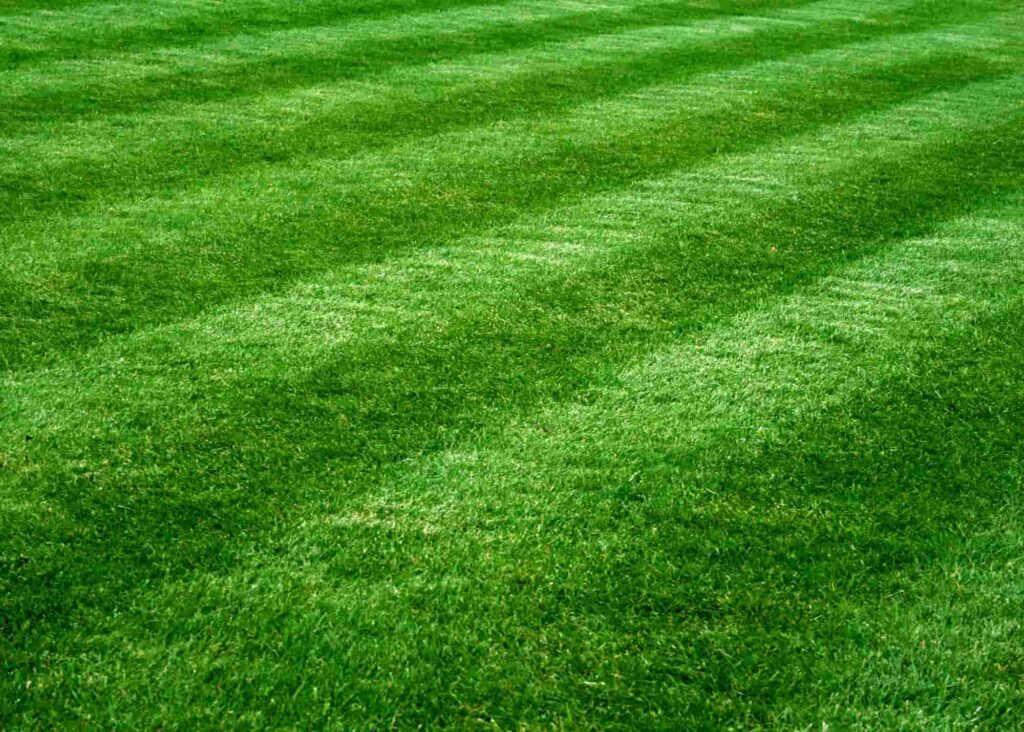Spring is when lawns wake up and weeds start crashing the party. If you want thick, green grass and fewer dandelions waving at you, applying weed and feed at the right time (and in the right way) is key.
This guide cuts through the noise and gives you a simple, science-backed game plan for a healthier, weed-free lawn.
Beautiful Lawn Ideas For Home
Why Timing Matters
You can’t just throw weed and feed down whenever you feel like it. There’s a science to it. The sweet spot is when weeds have started growing, but the grass is actively taking in nutrients. That usually means:
- Cool-season grasses (like Fescue, Ryegrass, Kentucky Bluegrass): Mid-April to early June.
- Warm-season grasses (like Bermuda, Bahia, Zoysia): After the lawn has fully greened up.
Temperature is also key. Aim for days when it’s 60°F to 90°F.
Too early, and weeds haven’t emerged yet. Too late, and your grass could miss out on critical nutrients.
How to Apply Weed and Feed for Maximum Impact
Think of this like prepping for a workout. Your lawn needs to be in the right state to get the most benefit.
1. Mow First
Give your lawn a trim 1-2 days before you apply. This lets the product hit the soil and not just sit on tall grass blades.
2. Slightly Wet Lawn? Yes, Please
The surface should be damp to help the granules stick to the weeds. Either wait for a light rain or give your lawn a quick watering before application. Just don’t saturate it.
3. Spread It Right
Use a broadcast spreader and follow a crosshatch pattern (apply half the amount in one direction, then the other). This ensures full coverage without overlap.
4. Time of Day Matters
Apply in late afternoon or early evening when it’s cooler. Avoid high-heat hours to reduce stress on your lawn.
5. Don’t Water Right Away
Wait at least 24 hours before you water. This gives the herbicide time to be absorbed. After that, water deeply to push the fertilizer into the soil.
Pro Tip: Avoid applying right before rain is expected—runoff will waste your effort and money.
Product Options (and Grass Compatibility)
Choosing the right product means knowing your grass type. Some common and effective options:
- Scotts Turf Builder Weed & Feed5: Targets over 50 weed types. Avoid on sensitive grasses like St. Augustine.
- GreenView Fairway Formula: Great for cool-season lawns, offers up to 12 weeks of feeding and crabgrass prevention.
- BioAdvanced 5-in-1: Ideal for lawns battling both broadleaf weeds and grassy invaders like crabgrass.
Always read the label! Some products can damage certain grass types or require special application conditions.
Lawn Care Do’s and Don’ts
- Do wear protective gear (gloves, closed shoes, long sleeves).
- Do keep kids and pets off the lawn for 24-48 hours.
- Don’t apply during a drought or heatwave.
- Don’t overapply—follow label rates exactly.
Environmental Considerations
Weed and feed products get the job done, but they can also impact your local ecosystem. To be more lawn-smart and environmentally friendly:
- Stick to slow-release fertilizers to prevent nutrient runoff.
- Don’t apply near flower beds, gardens, or water bodies.
- Consider splitting your weed and feed treatment into two separate steps if you want more control.
This not only helps your lawn but also protects pollinators, wildlife, and waterways.
Frequency and Follow-Up
The general rule of thumb? Twice a year at most:
- Spring: When weeds start growing.
- Fall: Around September or early October (for cool-season grasses).
Wait 30-60 days between applications. More isn’t better—it’s harmful.
If you recently seeded a new lawn, wait until the grass has been mowed at least twice before applying any weed and feed.
Final Thoughts
Spring weed and feed is one of those lawn care moves that pays off big—but only if you get the timing, product, and application right. Use this guide to plan your approach like a pro.
And if your lawn needs more help than you can DIY, don’t hesitate to get expert advice. Ware Landscaping is always here to help with seasonal lawn care, drainage solutions, and more.
Healthy lawn, fewer weeds, and a whole lot less stress? That’s a win in our book.








